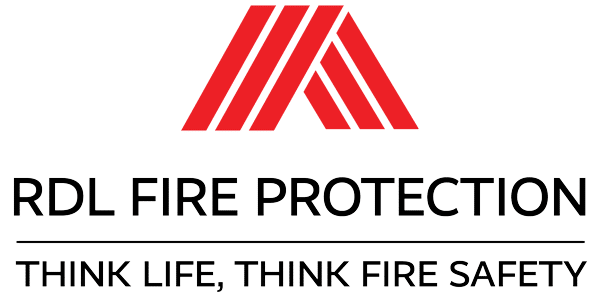What Is Passive Fire Protection?

Passive fire protection refers to systems, materials and techniques designed to minimise the spread of fire and its effects on buildings and structures.

Compartmentation: This involves dividing a building into smaller compartments separated by fire resistant walls and floors to contain fires and prevent them from spreading.

Passive fire protection is required where the compartmentation has been breached, generally for services to pass through, i.e cables and pipes.
Passive fire protection (PFP) encompasses systems, materials, and techniques designed to minimize the spread of fire and its effects on buildings and structures. Unlike active fire protection systems, such as sprinklers and fire alarms, which require activation to function, passive fire protection elements are always in place, providing continuous protection.
Key Components of Passive Fire Protection
1. Compartmentation
Compartmentation involves dividing a building into separate compartments or sections using fire-resistant walls and floors. This approach limits the spread of fire and smoke, allowing occupants more time to evacuate and emergency responders to manage the situation effectively.
2. Fire-Resistant Materials
Using fire-resistant materials in construction helps contain fires and prevent structural collapse. These materials include:
- Fire-rated doors and windows that can withstand high temperatures and prevent fire spread.
- Fire-resistant coatings or intumescent paints that expand when exposed to heat, creating an insulating barrier.
- Fireproofing sprays applied to steel structures to maintain their integrity under high temperatures.
3. Structural Steel Protection
Protecting structural steel elements with fire-resistant coatings or encasing them in fire-resistant materials helps prevent the steel from reaching temperatures that could lead to structural failure.
4. Firestopping
Firestopping involves sealing openings and gaps in fire-resistant walls and floors with fire-resistant materials. This prevents fire and smoke from traveling through these openings, ensuring each compartment remains intact.
5. Fire-Dampers and Smoke-Dampers
Installed in ducts and air transfer openings, fire dampers close automatically when exposed to heat, preventing the spread of fire and smoke through HVAC systems.
6. Fire-Resistant Cable Coatings
Special fire-resistant coatings for electrical cables ensure that critical systems remain operational during a fire, aiding in evacuation and emergency response efforts.
Why Passive Fire Protection is Essential
Passive fire protection is integral to building safety, providing several key benefits:
- Enhanced Occupant Safety: By limiting fire spread, PFP systems provide occupants with more time to evacuate safely.
- Structural Integrity: Protecting the building’s structural elements helps prevent collapse, safeguarding both occupants and emergency responders.
- Regulatory Compliance: Many building codes and regulations mandate the use of passive fire protection measures to ensure safety standards are met.
- Cost-Effective: While active fire protection systems are crucial, combining them with passive measures provides a comprehensive fire safety strategy that can be more cost-effective in the long run.
Conclusion
Incorporating passive fire protection into your building’s design is not just a regulatory requirement but a commitment to safety and resilience. By utilizing compartmentation, fire-resistant materials, structural steel protection, firestopping, dampers, and cable coatings, you can significantly reduce the impact of fires and enhance overall building safety.

